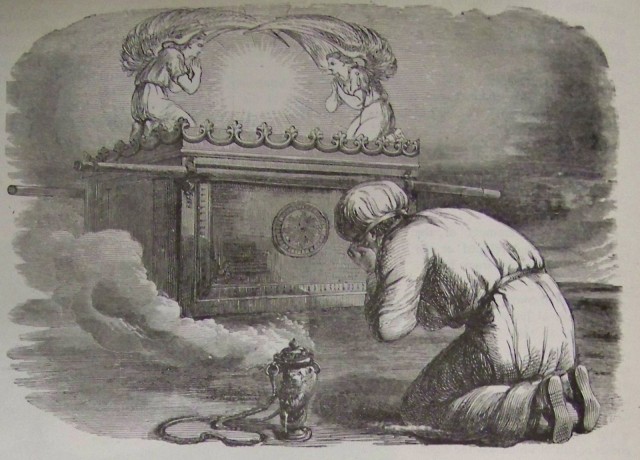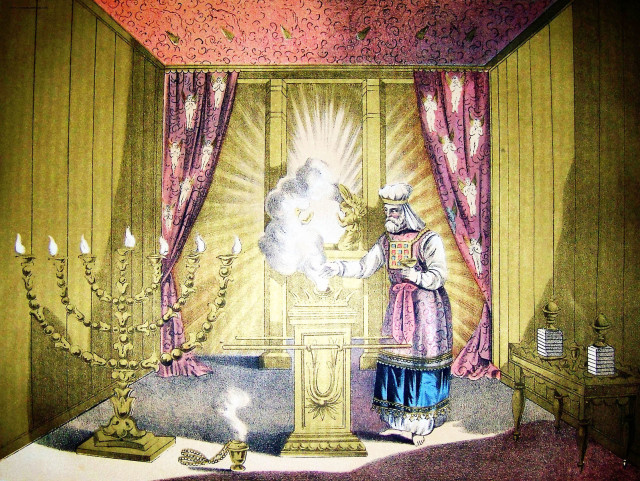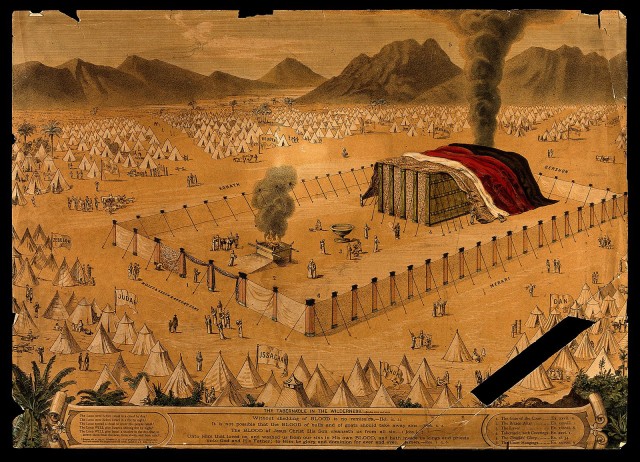I have often wondered why we make covenants and receive ordinances before we really understand them. I don’t remember my baptism preparation, probably because I was eight years old. I do remember my temple preparation, I was 26. I read a book by Hyrum Andrus, Principles of Perfection, before going to the temple. My husband and I took the temple prep class, but to tell you the truth, there was not much conveyed in those lessons.
I was not prepared. After making covenants and being sealed in the temple, I felt uneasy about everything I had promised to do. I actually felt a little sick to my stomach. (And then I felt bad because I was supposed to feel wonderful.) But I was mature enough to know, that these covenants — like living the law of consecration — were serious.
It’s like when you buy a car or house and you sit down and read the contract. Most of the time, you don’t have enough time to think it over, especially if you’re in front of a salesperson. (That’s why states have a 3-day period where you can change your mind.) But even then, you can have buyer’s remorse for a few days. You know that feeling when you sign a contract and promise to make monthly payments? It’s exciting and it’s overwhelming at the same time. Eventually, you love your new car or new house.
That’s kind of how I felt.
I have come to better understand my temple covenants. But I’m still learning what it all means. And I’m glad I’ve made covenants — I don’t want to be like the Israelites who danced around the golden calf instead of ascending the mountain with Moses to see God. Eventually, after many trials of descents and ascents, I want to enter His presence. I certainly don’t want to stay a telestial person. I want to progress.
Many “temple-goers” do not even know what is possible — many unfortunately are trampling the courts as Isaiah prophesied — like the animals in ancient days who were unknowingly sacrificed there. Temple attendance is not a checklist.
Yet, we encourage everyone to be baptized and to go to the temple. We baptize at age 8, ordain boys at 12 to the priesthood, advance them to the Melchizedek Priesthood at age 18. Young women and young men go to the temple before serving missions, without fully understanding what it all means. I know, I have tried my best to prepare my kids before these events.
However, I have come to the conclusion that this may be OK. Anyone who has received these ordinances can choose to seek out the greater meaning in these mysteries. Or not. Everyone gets a chance. This is why we perform proxy baptisms — they can accept it or not — but let’s at least give them a chance, let’s give them the ordinance.
Perhaps the ritual is symbolic. Avraham Gileadi writes — “Rituals in the Law of Moses ensured the purification of transgressors who renewed their loyalty to God. Although Isaiah shows that Jehovah’s atonement for transgression implies that such rituals were purely symbolic, still, God’s covenant would remain in force.” (Isaiah Decoded, p. 136)
But I think we should recognize that we ordain young men and endow men and women when they do not fully understand all the implications of the covenant relationship. Not many 12 – 18-year-old boys understand the priesthood oath and covenant. The truth is, very few of us understand. But if you have received the priesthood, or made temple covenants, you will be judged and easily disfellowshipped or excommunicated — even at a young age. I have seen more harm done from priesthood leaders than I care to remember. Maybe we should acknowledge that our youth receive ordinances as a matter of progressing in the church — without really understanding. It’s a bit of a checklist.
I recall a young man who joined the church, who previously had been living with his girlfriend. A year later he went out and served a mission and gained a greater testimony of the gospel. Service is the best way to receive forgiveness. Yet, if an LDS young man or woman had broken the law of chastity, they would not be allowed to serve a mission, because, they should have known better. That almost implies that it is better not to be baptized until you are really converted.
Maybe that’s one reason why people in the early days of the LDS church were re-baptized. Like starting anew.
I read something in Temple and the Cosmos by Hugh Nibley that explains why we so readily give these ordinances:
And in the Epistle of the Apostles: Indeed, it was the Lord who, during the forty days, finally revealed all the ordinances in full. To repeat, “Everyone goes to the place indicated by the ordinances he has received. Even a sinless person,” the Lord tells them, “cannot save others without these ordinances.”180 Let us not think this trivial because these things should be given to all who ask for them. If they are not worthy, the risk is theirs. For everyone should be given the highest ordinance he is capable of receiving at any time. No one is to be refused, for the risk is theirs, the ordinances are so important to have. (Hugh Nibley, Temple and the Cosmos, pg 311)
These things should be given to all who ask for them. Many times we ask without understanding the risks. Or the blessings. It’s a delicate balance, but I guess it’s better to error on the side of giving — giving ordinances and giving people a chance to progress. And giving people a chance to repent and have another chance. Not everyone will dig deeper into the meaning of their covenants, but everyone gets a chance.
The saving ordinances of baptism, confirmation, priesthood ordination, temple endowment, and temple marriage are important to get while on earth — so we hand them out when a person is seemingly worthy. But I would like to see more of a forgiving heart from leaders when kids just didn’t take it very seriously. Better to error on the side of forgiveness, and let Christ be the final judge. Or maybe we should not hand them out, checking the boxes. Maybe we should read the small print and understand the covenant we are making with God.




